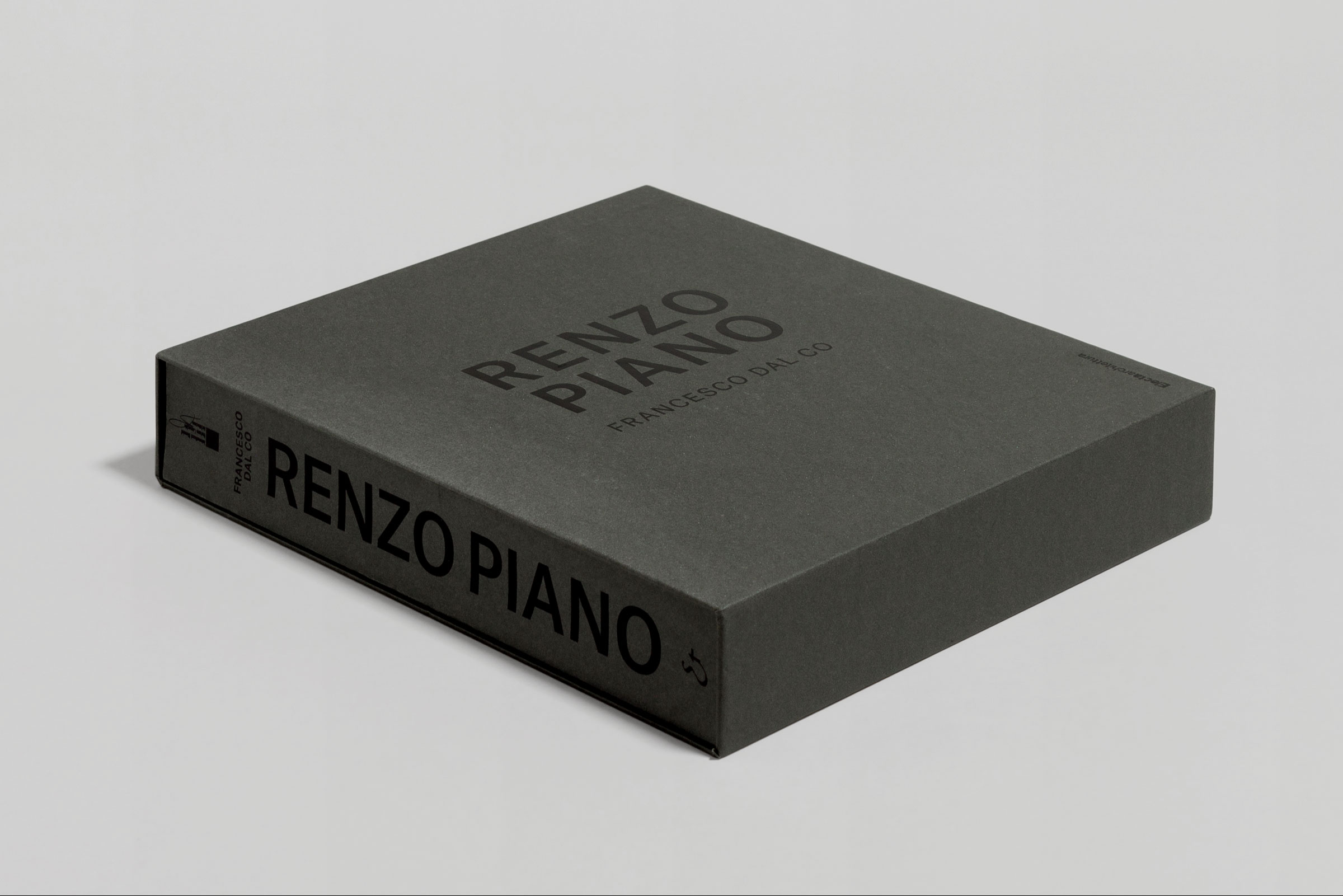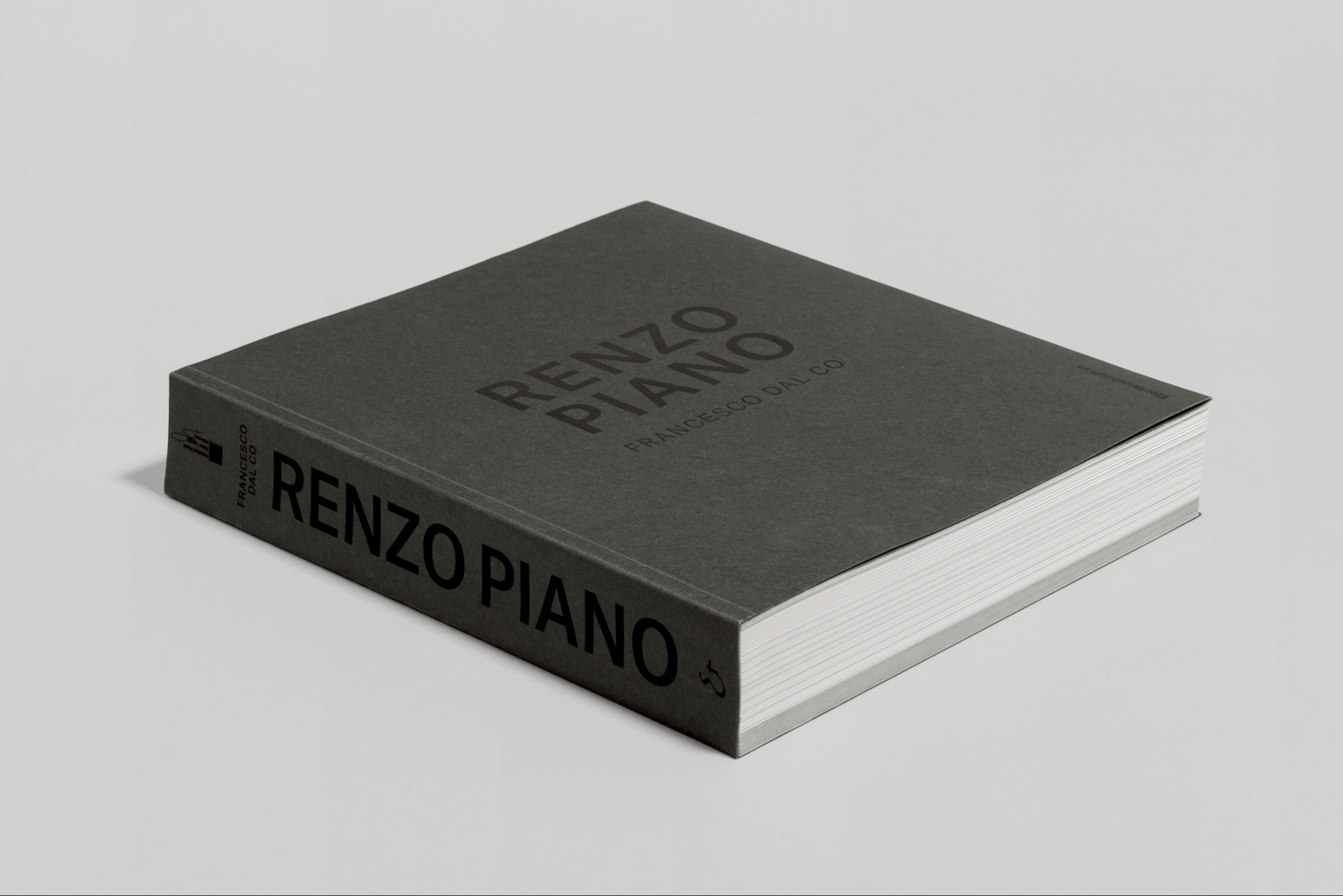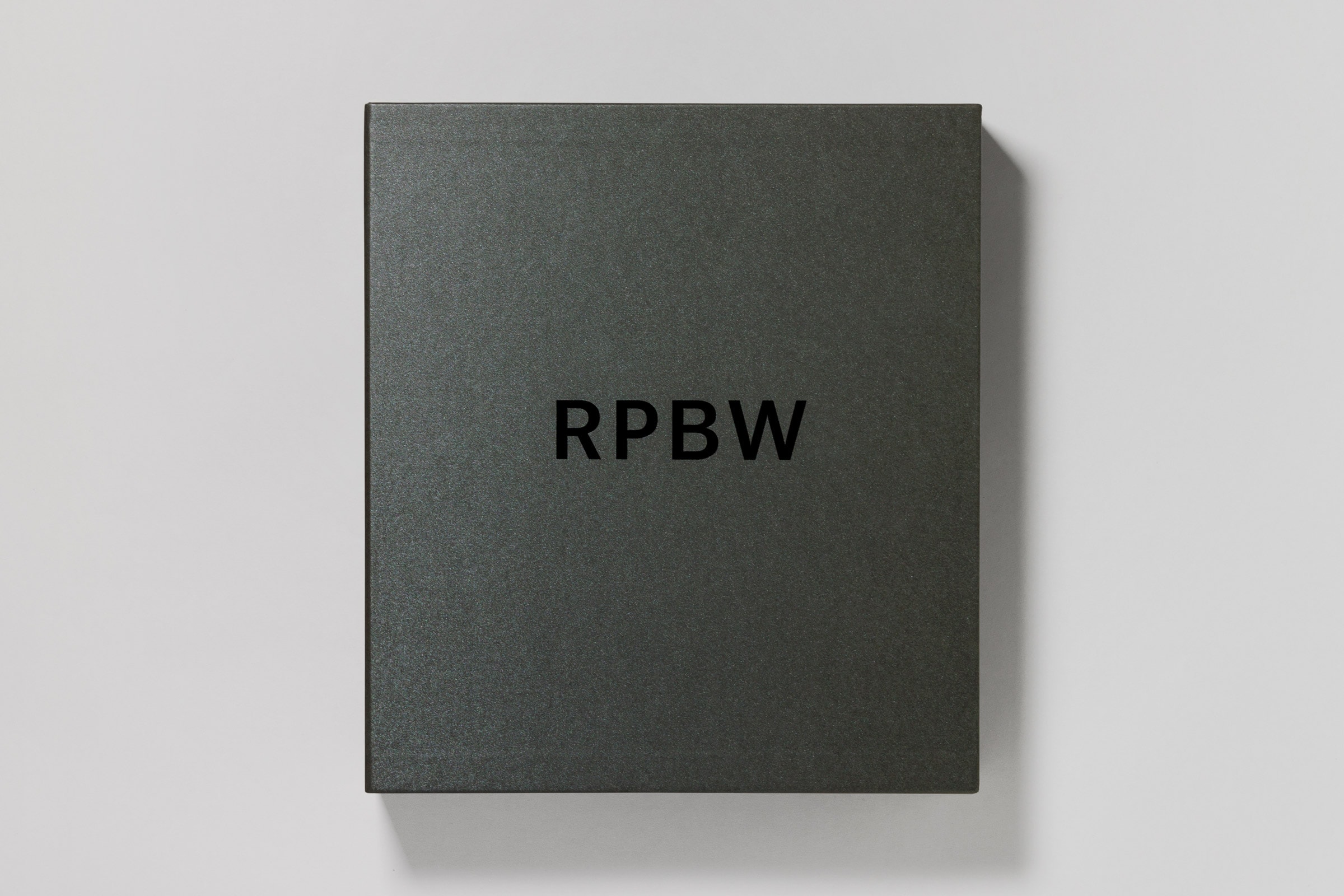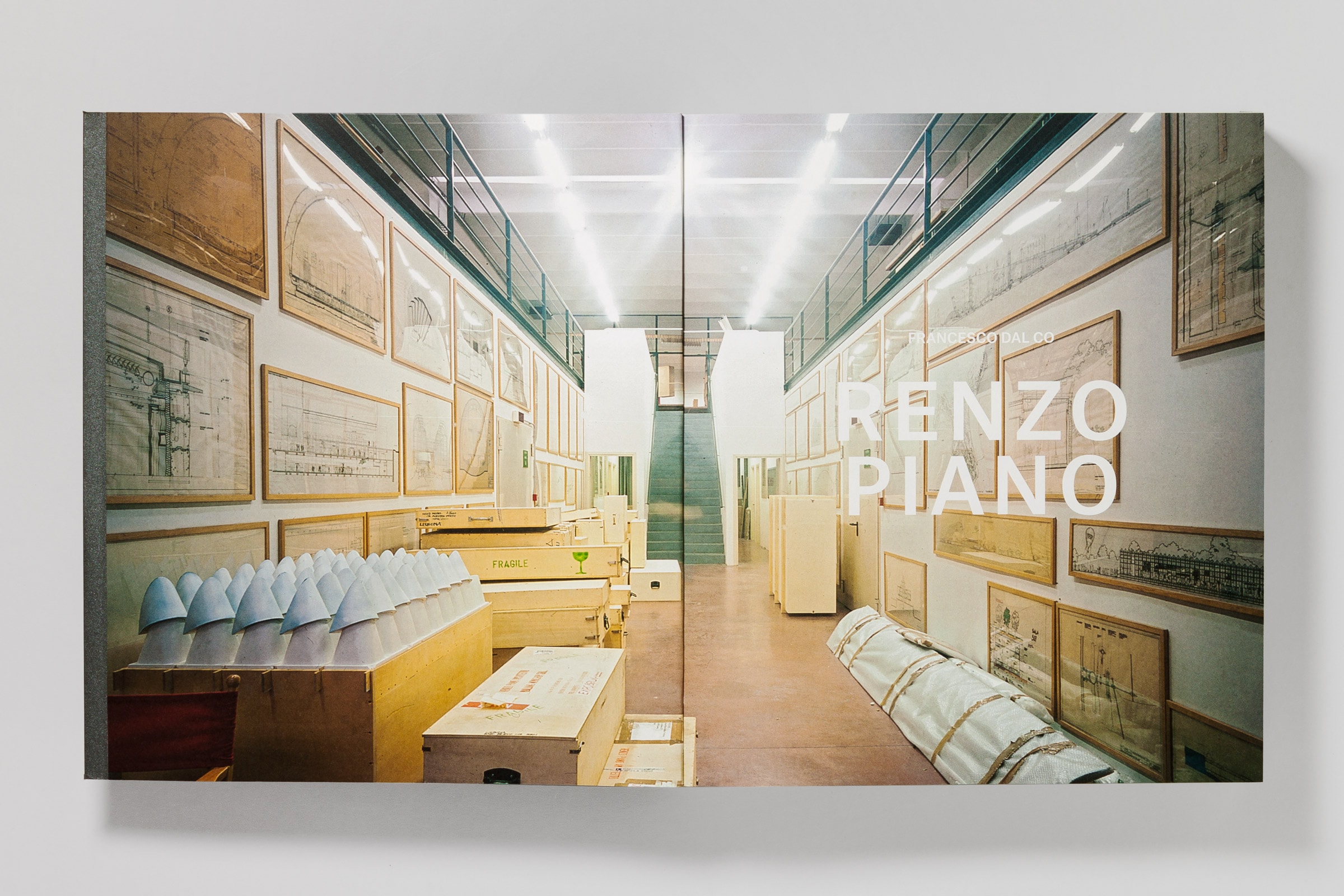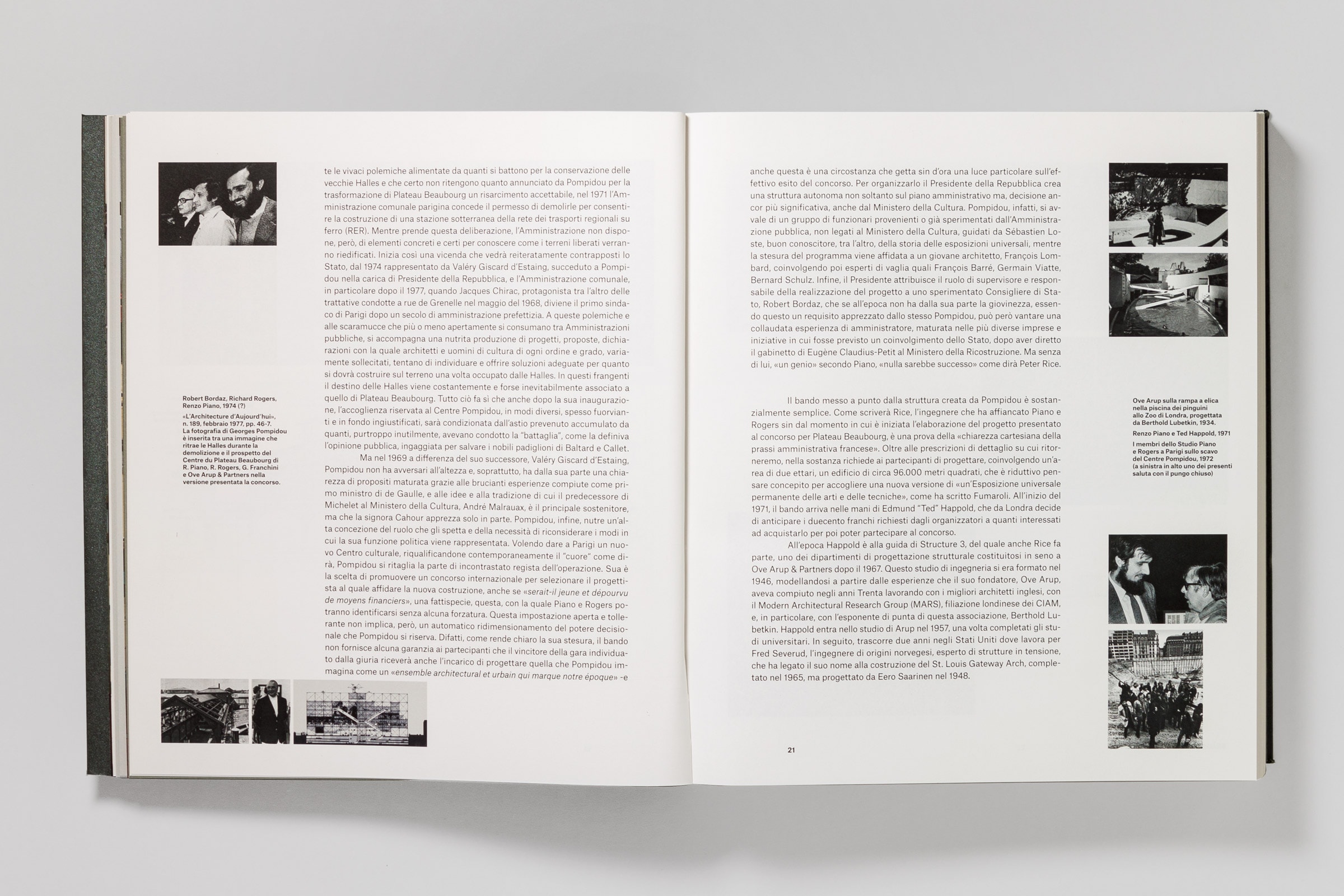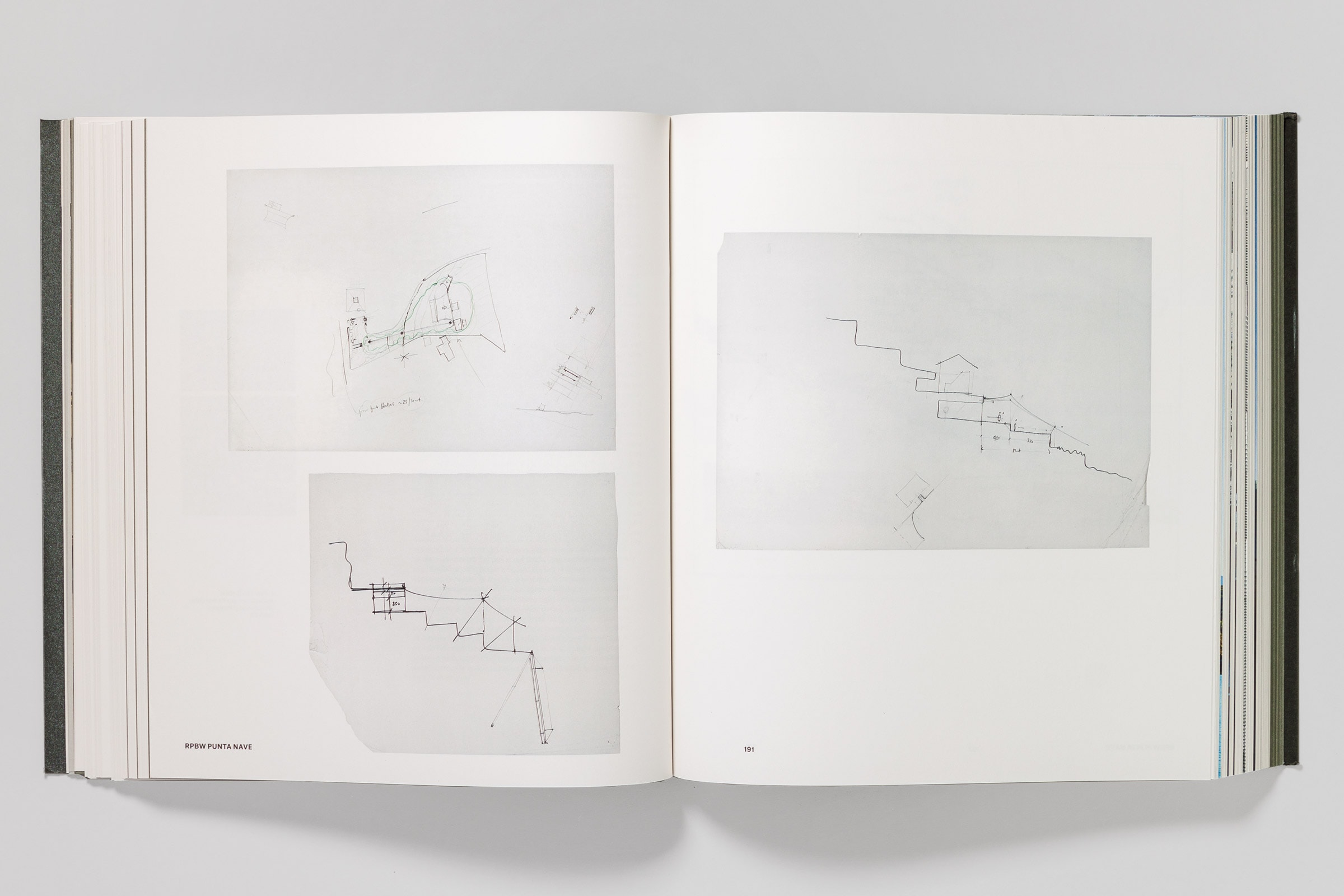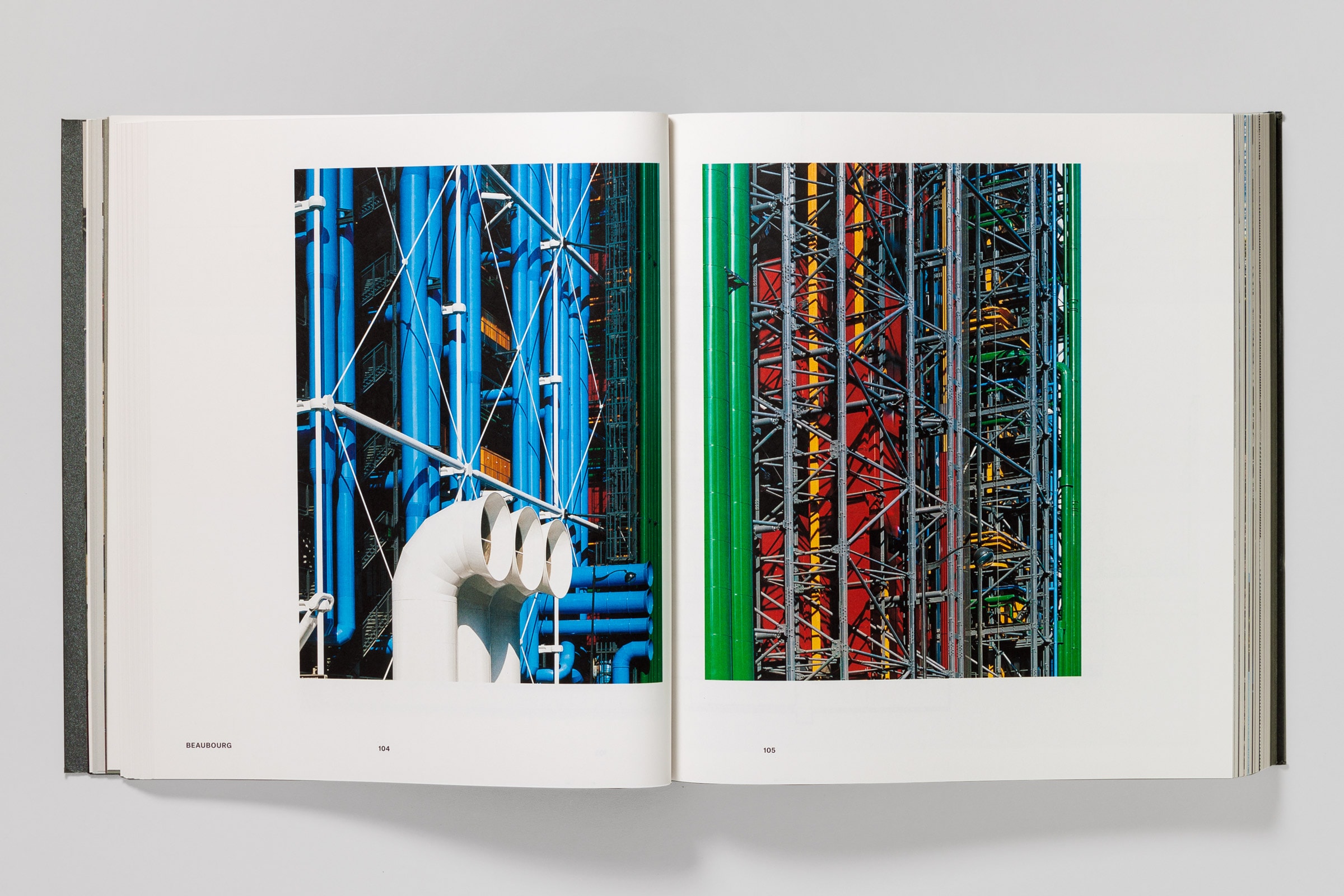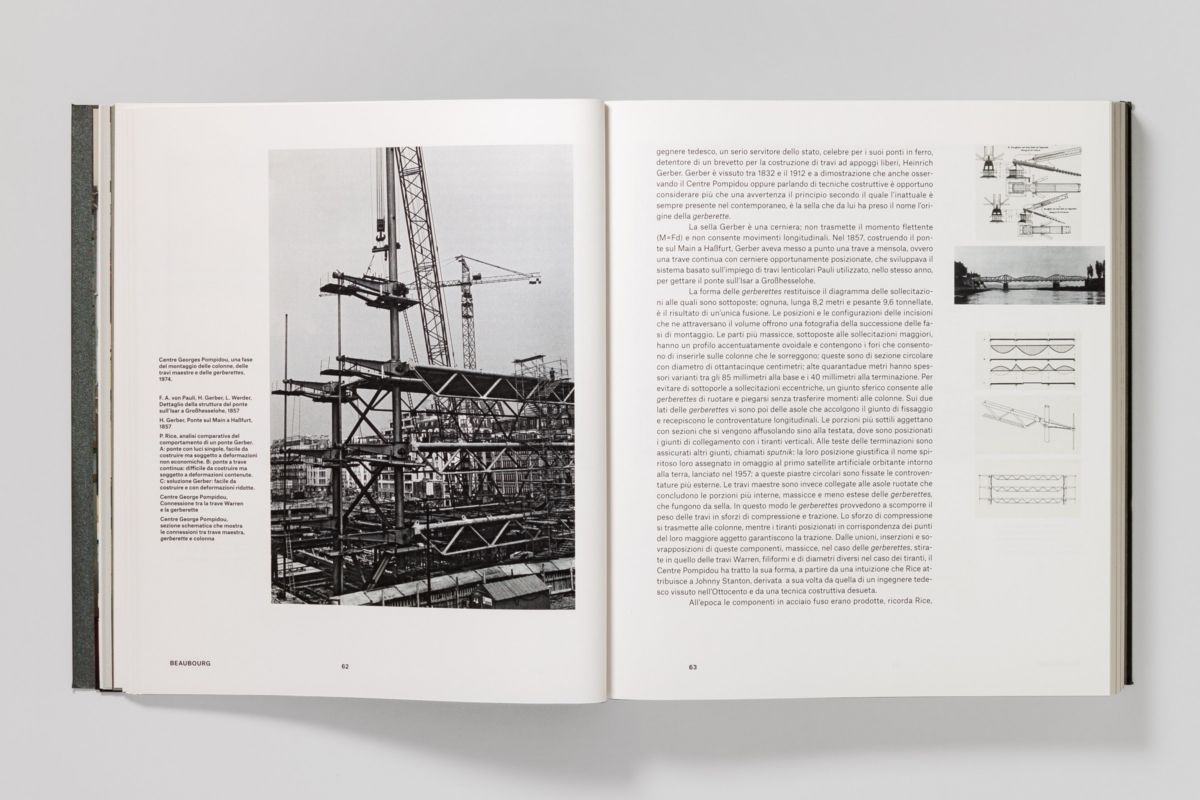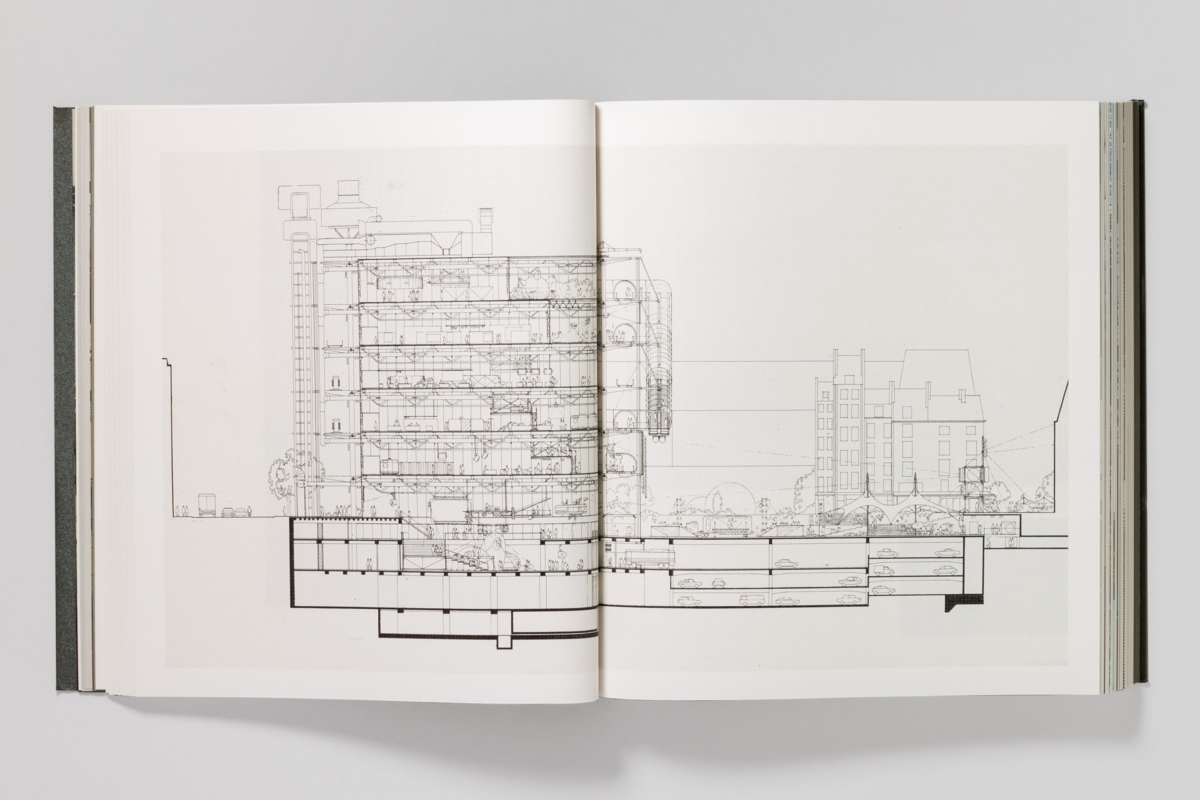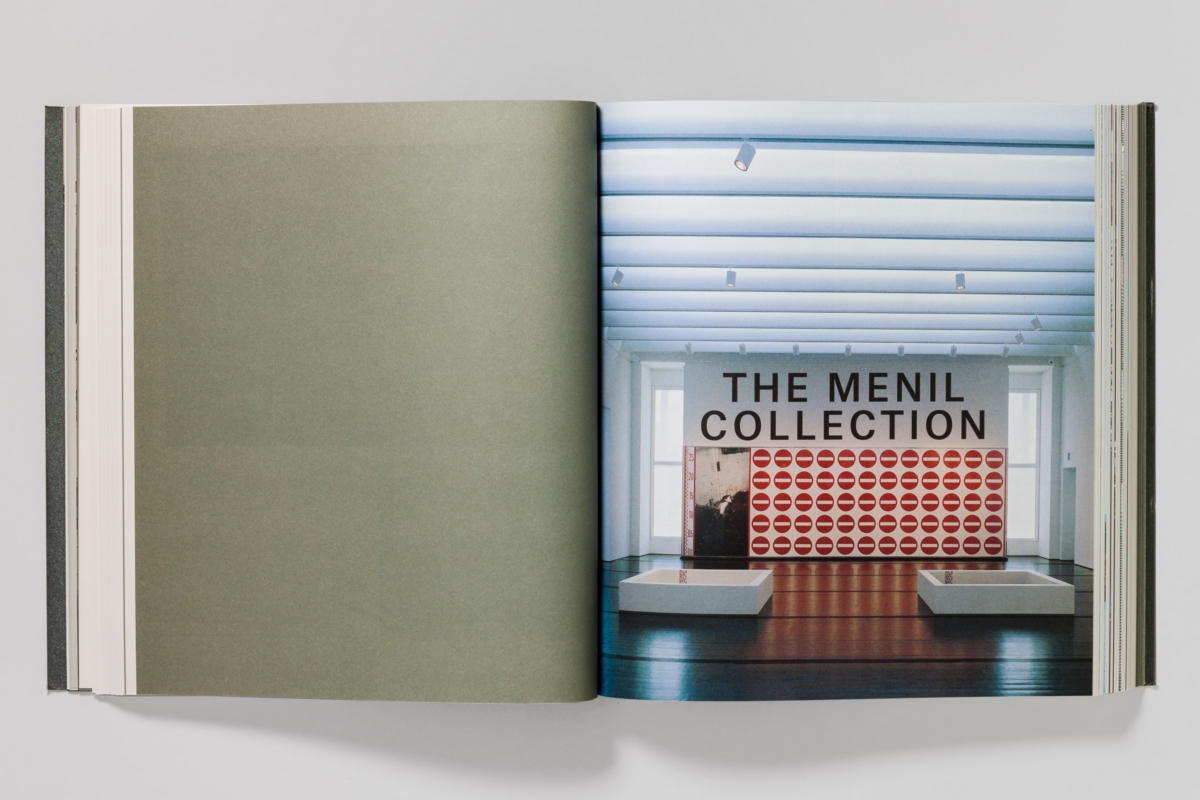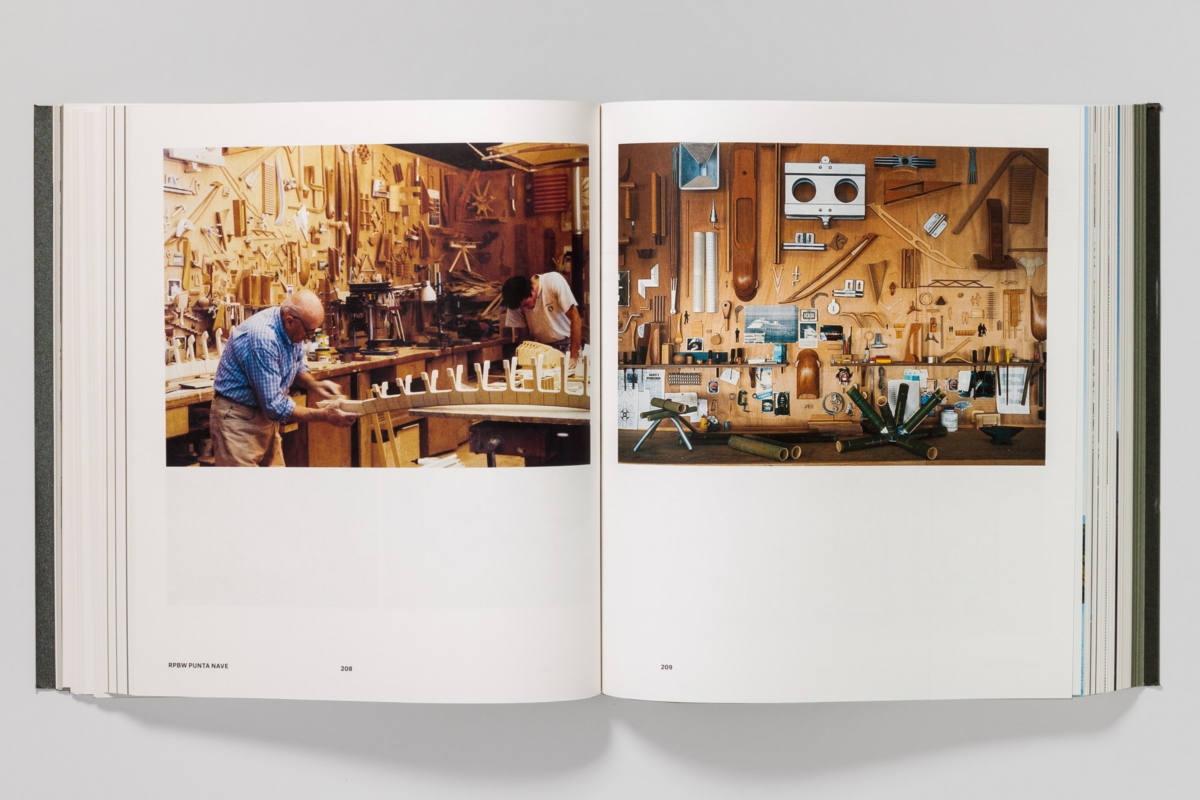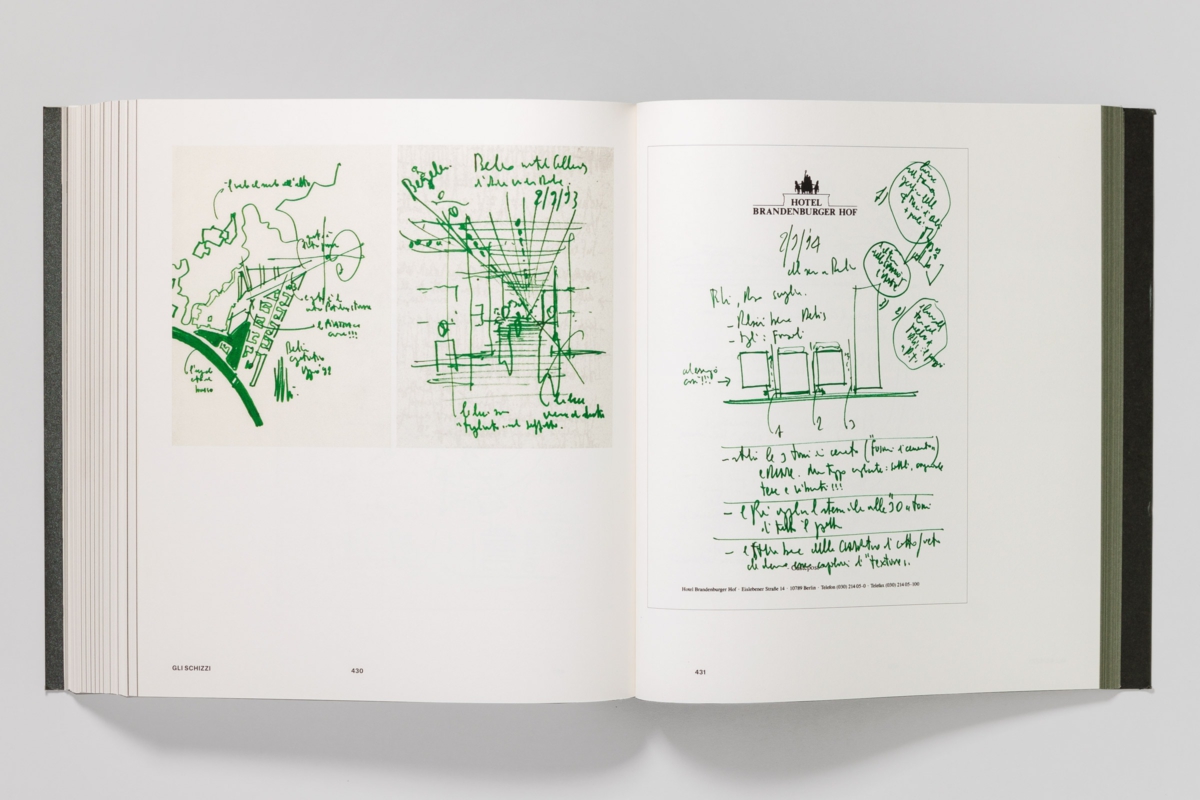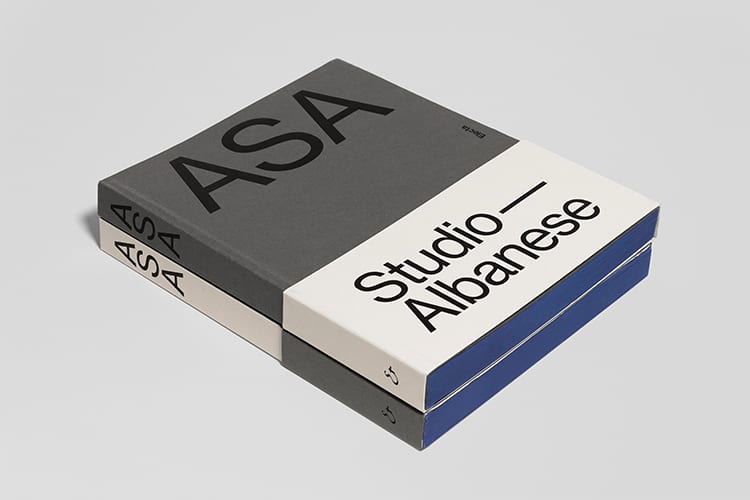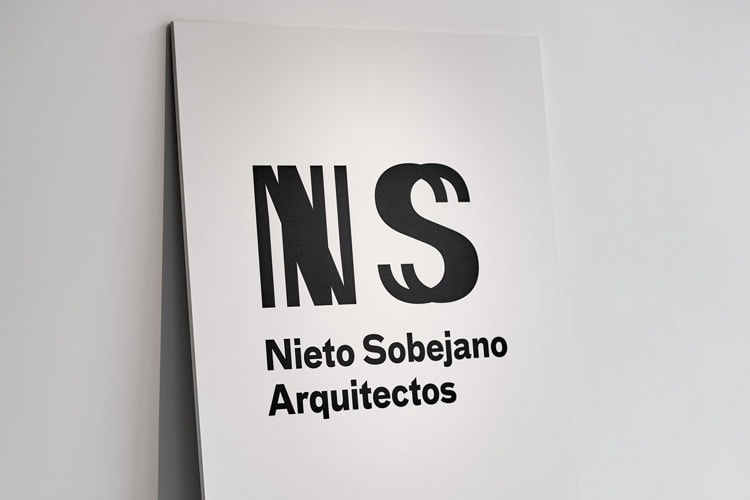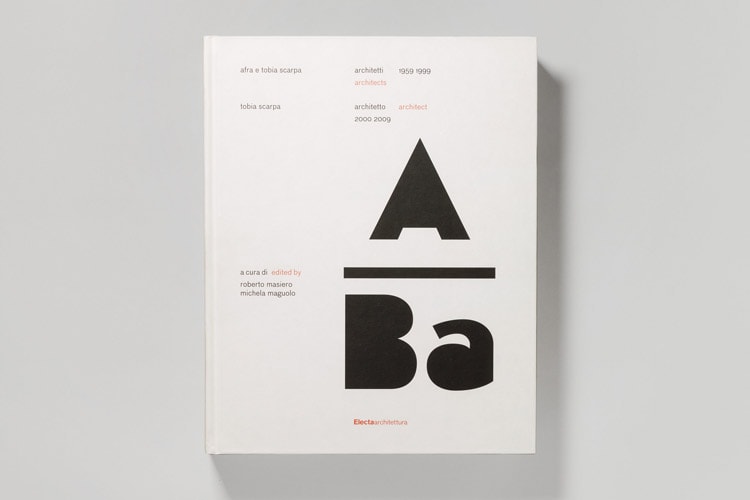Renzo Piano RPBW
«Instead of a “container” for art, we propose the construction of a building for information, fun and culture, a sort of machine, an outil informativ».
Renzo Piano, Richard Rogers, L’architecture d’Aujourd’hui, 1977
Ten works by Renzo Piano, including the epochal complex that bears the name of the former president of France Georges Pompidou, narrated in 542 pages, 1000 images, 42,000 words, for a weight of 2,7 kg.
«There is a vast literature on the work and figure of Renzo Piano. […] His achievements have been examined by architectural historians and the most highly renowned critics. This book does not set out in any way to be systematic. It covers a small selection of the works Piano has completed. […] Aesthetic judgment and taste have played no role in the choice of the works. This book, in fact, relies on what is suggested in a passage by Ludwig Wittgenstein, which helps us to understand an essential aspect of the work of Renzo Piano: “the faculty of “taste” cannot create a new structure, it can only make adjustments to one that already exists. Taste loosens and tightens screws, it does not build a new piece of machinery.”
Every page of this book has been conceived to remind us that there is no knowledge separate from doing, that we cannot interpret without transforming and without acting. No other art, more than architecture, should understand this law and obey it: knowledge separated from action is not knowledge».
FDC
Renzo Piano RPBW
Curated by Francesco Dal Co
Publisher Electa
Size 25×28 cm
Pages 542
Binding Hardback
Year of publication 2015
ISBN 9788891804495
«Invece di un “contenitore” per l’arte, noi proponiamo di costruire un edificio per l’informazione, il divertimento e anche la cultura, una sorta di macchina, d’outil informativ».
Renzo Piano, Richard Rogers, L’architecture d’Aujourd’hui, 1977
Dieci opere di Renzo Piano, compresa quella epocale che prende il nome dal presidente della Repubblica Francese Georges Pompidou, raccontate in 542 pagine, 1000 immagini, 42000 parole, per 2,7 kg g di peso.
«La letteratura dedicata all’opera e alla figura di Renzo Piano è vasta. […] Di quanto Piano ha realizzato si sono occupati gli storici dell’architettura e i critici più conosciuti. Il libro ora tra le mani dei lettori non ha alcuna ambizione sistematica. Presenta una ristretta selezione delle opere che Piano ha costruito. […] Nella scelta delle opere presentate il giudizio estetico e il gusto non hanno avuto alcun ruolo.
Questo libro, infatti, ha fatto tesoro di quanto suggerisce un passo di Ludwig Wittgenstein, che aiuta anche a comprendere un aspetto essenziale del lavoro di Renzo Piano: «la facoltà del “gusto” non può creare alcun organismo, può solo regolarne uno già esistente. Il gusto allenta e stringe le viti, non crea un nuovo orologio».
Ogni pagina di questo libro è stata concepita per ribadire che non vi è conoscenza separata dal fare, che non si interpreta senza trasformare e senza agire. Nessuna altra arte come l’architettura dovrebbe conoscere questa legge e rispettarla: la conoscenza separata dall’azione non è conoscenza».
FDC
Renzo Piano RPBW
A cura di Francesco Dal Co
Editore Electa
Formato 25×28 cm
Pagine 542
Confezione Cartonato
Anno di pubblicazione 2015
ISBN 9788891804495
